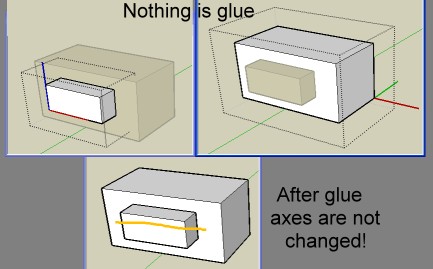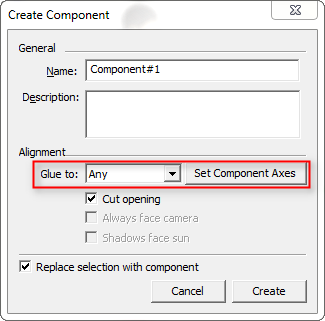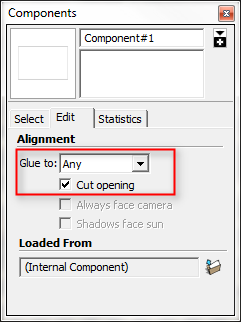[Plugin] Superglue
-
Works like a charm under SU6.
-
@thomthom said:
@unknownuser said:
HAve you a little animation of what must the glue's pot must do?
A video of the plugin in use? Yes I'll make one once I make v1.1.0.
Here you go sir (especially, with the annotations it is pretty fast so pause it when needed):
YouTube - Superglue Plugin for SketchUp
[flash=480,385:3276ci3t]http://www.youtube.com/v/VS8-tjYTPXM&hl=en_GB&fs=1[/flash:3276ci3t] -
 Cheers Gaieus!
Cheers Gaieus!I owe you a cookie.
-

I forgot my Cookieware stamp!I forgot the cookie!!!
-
@thomthom said:
:thumb: Cheers Gaieus!
I realised I could (should) add your name to the Title filed, too, not just into the description filed.

@unknownuser said:
I owe you a cookie.
How about a beer instead?

-
Beer also works!
 ...but I forgot! I'm worried about my mind now...
...but I forgot! I'm worried about my mind now... -
Wow!!
This thread just started and already has two pages of replies. -
@mitcorb said:
Wow!!
This thread just started and already has two pages of replies.hehe - inflated by my replies.
-
-
What do you use to make the videos with annotations?
-
YouTube itself has these annotation tools. The video was simply captured with CamStudio but I did not edit anything in it.
-
Ah cool. I'm about to produce the videos for Vertex Tools now. Never uploaded to YouTube before.
-
Let me know if I can help (although I myself am not a great YT'er either). Also, annotations/annotating can be shared so when you get to there, I can also help with doing that part.
-
Very useful. Saves the time of having to align things with the rotate tool when they're slightly off kilter.
Thanks!
-
Thank you Thomthom.
-
Version 1.1.0
Merged into one tool. UseCtrlto toggle between Superglue and Solvent. -
-
Sorry I am in total fog

I believe that you must make another video more explicte
(where are the axes of glue at the start and in which volumes...
I am waiting the Doh revelation
As you can see these 2 components have at the start no special Glue plane between them
They are just aligned
After glue no changement... so...foggy mood

-
The components must already be defined as Glue to components. If they don't have this property they won't be glued.


The tool doesn't turn components into GlueTo components - it just glue/unglues existing ones.
-
Advertisement









